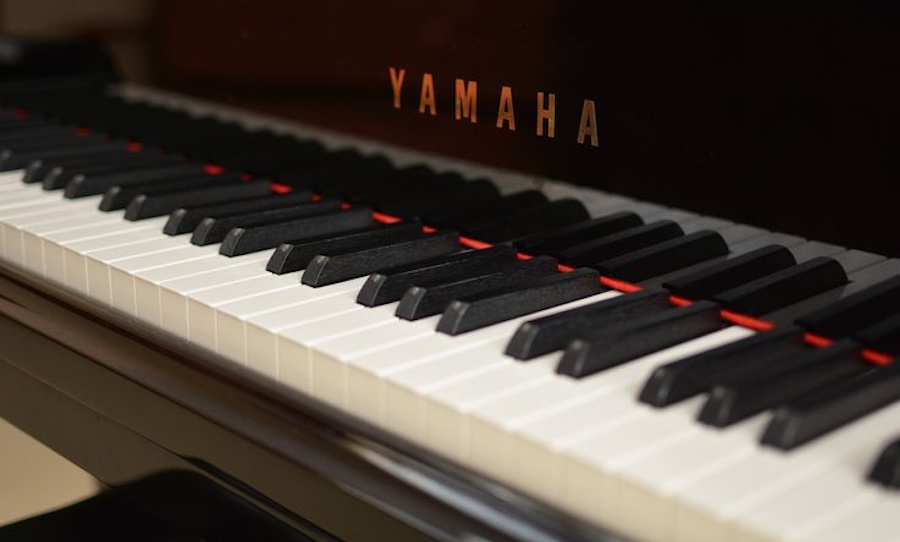You’d be hard-pressed to find a mixing engineer who isn’t familiar with the Yamaha NS10. Most would also tell you they hate the sound. So how then did they become an industry standard?
They exist in just about every professional studio in the world. A mixing desk almost seems naked without a pair of white cones perched above. But to an outside listener, Yamaha NS10s aren’t a pretty sound, they’re harsh, especially in the upper-midrange.
Even most professional mixers agree that they sound decidedly less-than-hifi, so why then do they continue to use them? Well, when it comes to mixing there’s one thing that’s more important than anything else – honesty, and when it comes to virtues Yamaha NS10s tell no lies.
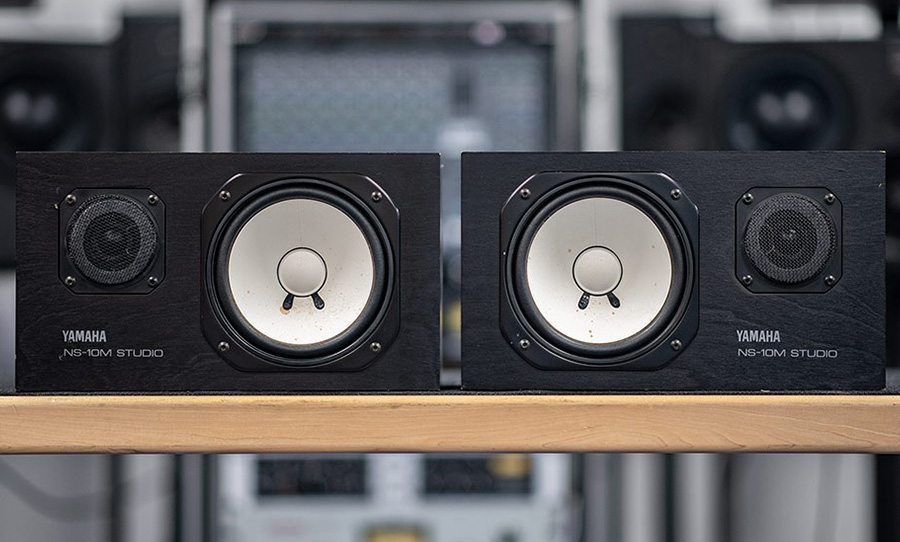
From bookshelf to studio
Yamaha never intended the NS10 for studio use, rather the opposite. They were originally designed by Akira Nakamura and released as a set of domestic hi-fi bookshelf speakers, and a pretty mediocre one at that. They were technically unremarkable and weren’t even the company’s best speakers, that title was reserved for Yamaha’s NS1000s. At the time the speaker was poorly received by critics and audiophiles and they should have faded into obscurity… but they didn’t.
At the time studios were steadily becoming more advanced. Track count was on the rise, as was the sophistication of outboard gear. As a result, audio engineers had more options in which to flex their creative muscle and those who kept up with the latest technology and studio techniques started to make a real name for themselves. Freelance in the industry boomed and just like a tradesman needs a toolbox, audio engineers also liked to lug around a few of their favoured bits of gear.
It’s always preferable for a mix engineer to use the equipment that they know and are used to – audio tools that provide a consistent reference point. In the late 70s, it became a trend for mixing engineers to bring their home hi-fi speakers on the road with them.
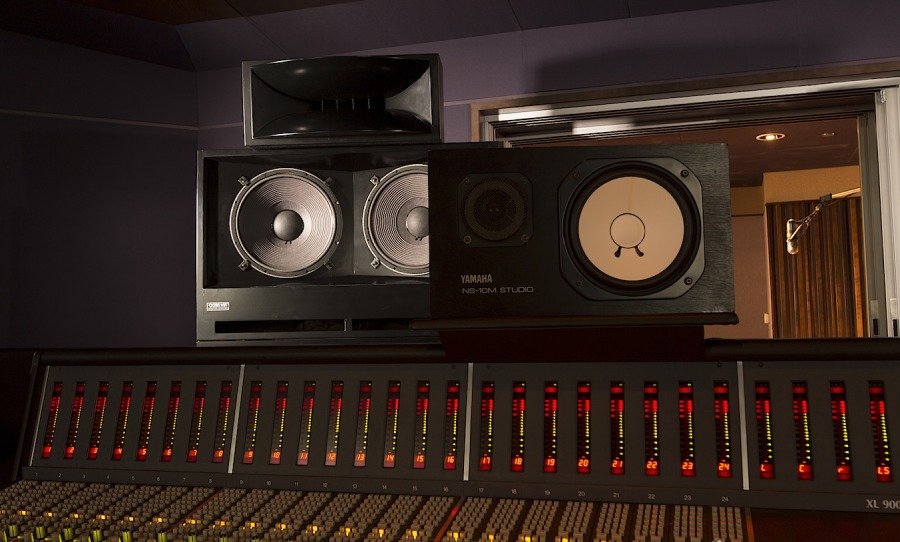
As well as providing a familiar sound, they were portable and could be pulled right out of the living room and thrown in the back of station wagon along with a few microphones and selected rack gear. Some popular models at the time included Acoustic Research’s AR18s as well as Mordaunt-Short’s MS20s, which were steadily replacing the bulkier Auratone 5C’s that were a studio staple at the time.
But soon there was a new kid on the block. As the story goes, the NS10 was likely discovered by mixers when an engineer by the name of Greg Ladanyi heard them in a studio in Tokyo on a visit to Japan. He liked them so much that he brought a pair back to use in L.A. before showing them off to all his friends in the industry. The trend caught on and before long many prominent audio engineers were using these hi-fi speakers to monitor mixes. Some of the early proprietors include Rhett Davies, and Bill Scheniman, Nigel Jopson and a rising star Bob Clearmountain.
The prevalence of the NS10 is often attributed to Clearmountain who used NS10s on many influential releases in the 1980s including Roxy Music’s Avalon, David Bowie’s Let’s Dance, Bruce Springsteen’s Born in the USA. He is also credited for being one of the first recording engineers to hang tissue paper over the tweeter to dull the overbearing trebles, resulting in a type of comb filter.
Professional music studios soon caught on and catered to the preferences of prominent audio engineers by stocking their control rooms accordingly. NS10s have remained a staple in professional studios to this day.
An honest favourite
It’s undeniable the influence that Yamaha’s NS10s have had on popular music, but what might still remain a mystery is why. These speakers were definitely unremarkable for their time, especially for listening purposes, however, they sported a few key features that made them stand out for mixing.
A common opinion is that NS10s are so bad, that if you can make a song sound good on them, then it will sound good on anything. While there are elements of truth to this, it goes a bit deeper than that. NS10s are known to reveal problem areas in mixes with almost brutal honesty, the kind you’d only heard from a drunk friend after midnight. It’s said that they can act as a magnifying glass for mistakes, which has allowed audio engineers to go over problem areas with a fine-toothed comb.
More specifically, this magnifying glass sits in the mid-range to upper-midrange, which is arguably one of the most important areas to work on, especially for developing detail and presence in a mix. High end and low-end frequency reproduction tend to vary a lot depending on speakers.
You hear manufacturers all the time talking about deep immersive bass and crystal-clear highs, it’s what makes something sound big. However, the midrange is much less variable between speakers, from monitors and all the way down to portable speakers which are just about all mids.
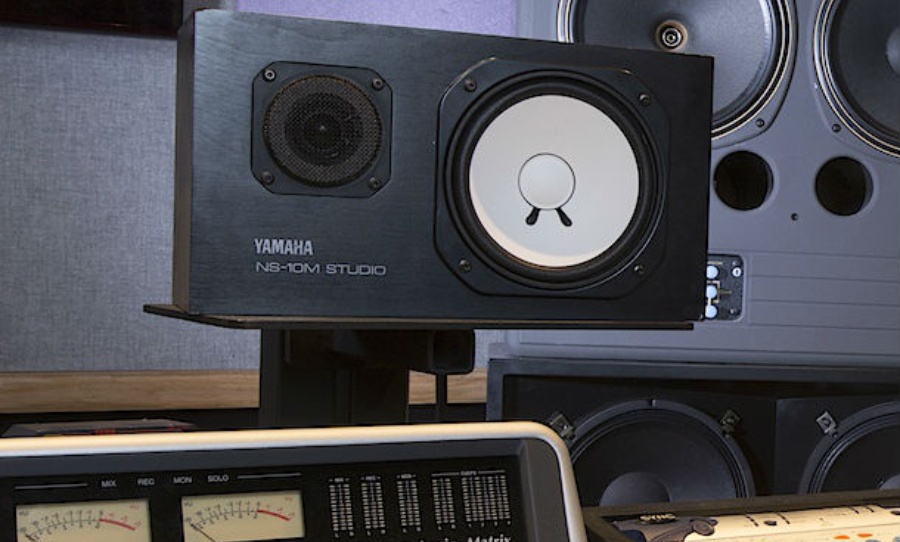
Nailing the mids is important, it’s where vocals, guitars, pianos, the snare, as well as kick attack and character and clarity of the bass all sit. Needless to say, it can be a busy place, so getting it all sorted out first with the NS10, means that it will translate well just about anywhere.
Design features
Although Yamaha’s design was technically unremarkable, they did possess design elements that helped them to provide an analytic and clinical sound for audio professionals. In 2001 a report conducted by Newell et al. at Southampton University concluded that NS-10s had fast responsiveness at low frequencies. Their ability to stop and start in response to the signal was found to be better than many other comparable nearfield monitors.
The fast decay time in the low-frequency spectrum resulted in a clear and balanced sound of bass instruments in the mix. Factors of the design that contributed to these findings were the closed box design as well as the hard white cones, which remain still and therefore produce sharper more accurate transients.
Yamaha’s most popular speaker was a passive design, requiring an amplifier to reach 50 Watts. The overall frequency range of the monitors sat between 60 Hz and 20 kHz. As stated, NS10s have a hump in the midrange. Specifically, it’s a +5 dB at 2 kHz with the bottom end begging to roll off at 200 Hz. This range creates an open band that highlights some of the most problematic and ugly frequencies in a mix.
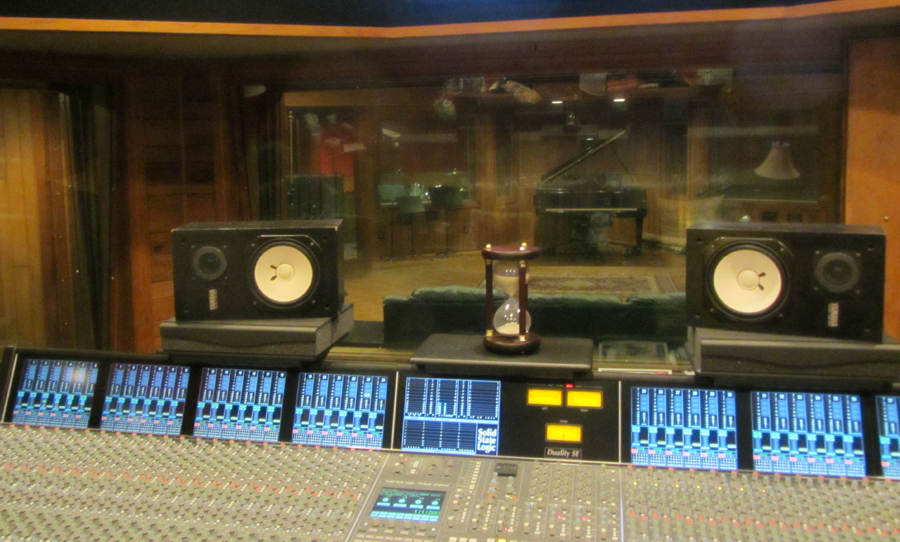
There was numerous versions of the NS10 that were launched after Yamaha realised no one was using their speakers to play records. In 1987 the NS-10M Studio and NS-10M Pro were introduced, with the pro coming with an updated speaker grill. A further revised version was orientated horizontally and had an improved tweeter and crossover to fix the treble issues. Connection terminals were upgraded, the cabinet overall was made sturdier and overall power was increased to 120w.
The NS10 legacy
Yamaha NS10’s trusty NS10s were discontinued in 2001, however, they have continued to remain a favourite of producers ever since. In 2007 Yamaha won a Technical Grammy for their design and the following year Mix magazine inducted the speaker into their Technology Hall of Fame.
NS10s are still highly sought after and used prices have increased. Now you’d be hard-pressed to find a pair for less than $1000. Yamaha has since introduced a new HS range, which has a white cone design inspired by the original. Some have even gone as far as to replicate the design, such as Avantone’s CLA-10a and superstar mixer Chris Lord-Alge’s own version.
The story of the NS10’s almost viral rise from the shelf to the studio has earned it a place in music history, and I guess it just goes to show that sometimes there’s beauty in ugly.

